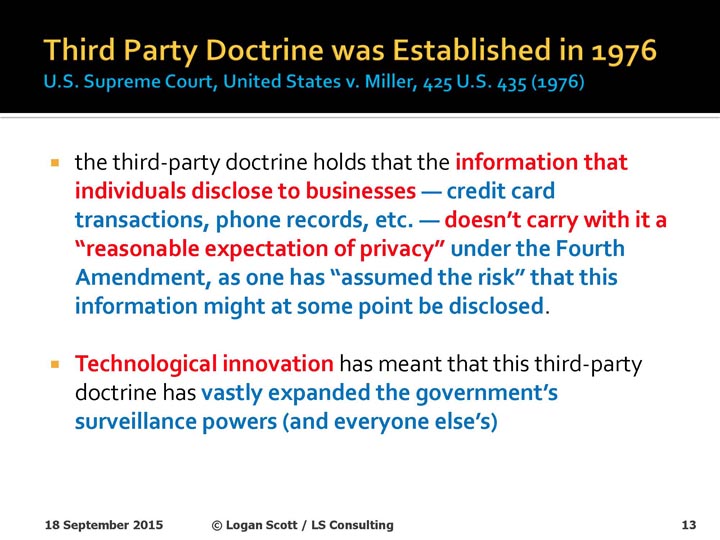The average person with a smart phone has their location revealed every three minutes, according to a recent study, information that can be determined even if GNSS capabilities are turned off, experts said.
Research published last year by Carnegie Mellon, showed that, overall, “somebody or something was trying to get your location” every three minutes, said Logan Scott, an expert in GPS, cellular and wireless technologies. “Over a space of two weeks the average is about 6,200 position reports coming out of that (phone).”
The average person with a smart phone has their location revealed every three minutes, according to a recent study, information that can be determined even if GNSS capabilities are turned off, experts said.
Research published last year by Carnegie Mellon, showed that, overall, “somebody or something was trying to get your location” every three minutes, said Logan Scott, an expert in GPS, cellular and wireless technologies. “Over a space of two weeks the average is about 6,200 position reports coming out of that (phone).”
That information is valuable to advertisers who will pay a 10 to 20 percent premium to pitch to people based on their whereabouts, Scott said.
“The old adage in Silicon Valley is, if a product is a free, then you are the product,” he told attendees at an ION GNSS+ panel discussion on September 18.
Having their locations revealed can put consumers at a disadvantage. Retailers use location and other data to “guesstimate” how much someone is willing and able to pay — and then charge a higher or lower price accordingly. Such “dynamic pricing” can, for example, cost iPhone users in affluent neighborhoods extra, said Scott.
“Sorry, Apple fans, there is a premium beyond just the initial purchase,” he said.
The location data from individual devices is also being combined to create crowd-sourced datasets that can be used to map interiors and locate people.
TRX Systems, Greenbelt, Maryland–based company, was launched to help locate firefighters responding to an emergency. Their solution is able to combine sensor information with dynamic mapping of structural, magnetic, and radio frequency features to pinpoint locations indoor where GPS service is poor. These techniques are now finding their way into industrial settings for safety and efficiency purposes, said TRX CEO Carol Politi, a member of the ION panel.
Crowd-sourcing is essential to economically mapping buildings, added Rob Guinness of the Finnish Geospatial Research Institute.
“Cloud-based computing and crowd-sourced data are absolutely critical to scalable and cost-effective indoor positioning,” said Guinness.
Athough such information can be valuable in determining what departments in a store are popular, it is still not clear how the data will be used beyond such initial applications, said Mark Goddard, chief architect of commercial applications at TeleCommunication Systems, Inc.
“I think it’s something that’s emerging; it’s not clear even to the people working in it exactly how it’s going to play out,” Goddard told Inside GNSS.
Nonetheless, companies such as Google are collecting data in preparation. Many users are unaware of the data being sent and may not be able to fully turn it off, the experts told attendees.
“For iOS and Windows phone, if you want to use any of the location technologies on the device you have to opt in into the crowd sourcing — so it’s 100 percent for those platforms,” said Guinness, who has studied the capabilities of the different operating systems.
“In the case of Android is a little bit different, there’re different modes you can put the phone in,” he added. “There is a GPS-only mode. In that mode you’re not giving them permission to crowd-source the data. But if you use Google’s so-called location service, that works indoors and uses WiFi — then you’re required to provide your data to Google.”
“Every app on your device is crowdsourcing something,” said Goddard, “and your device is crowdsourcing a lot of things as well.”






